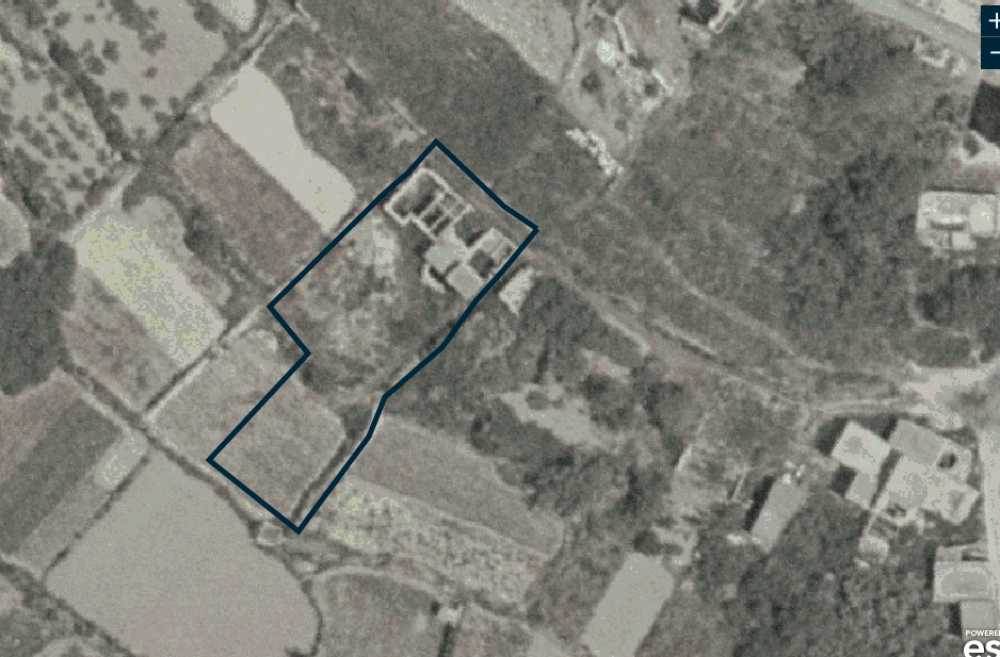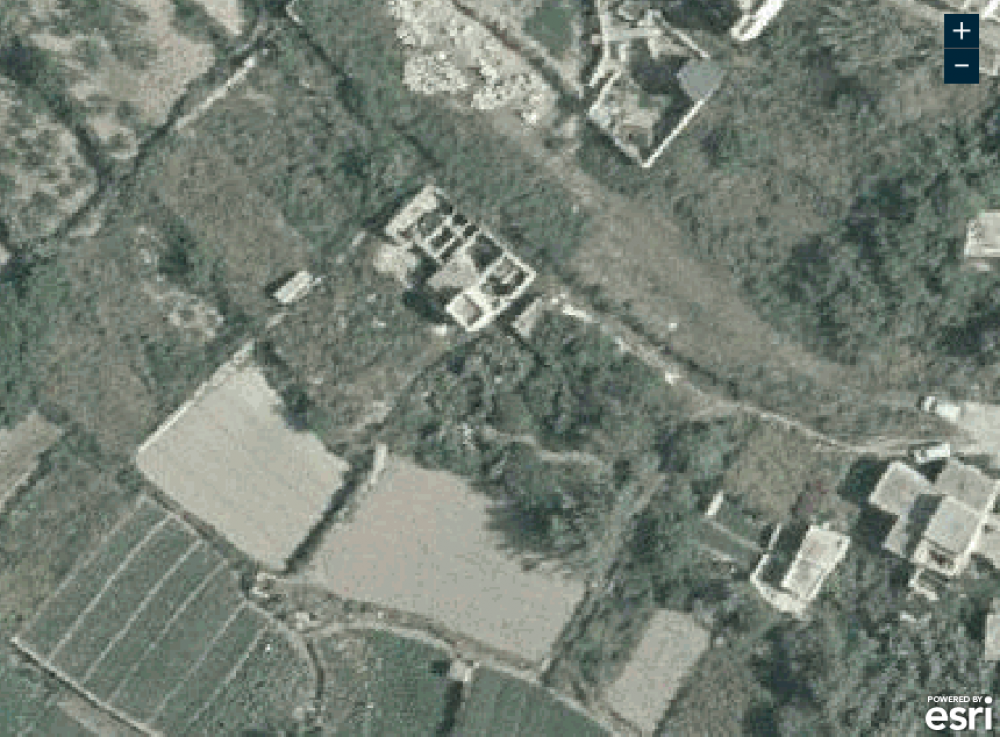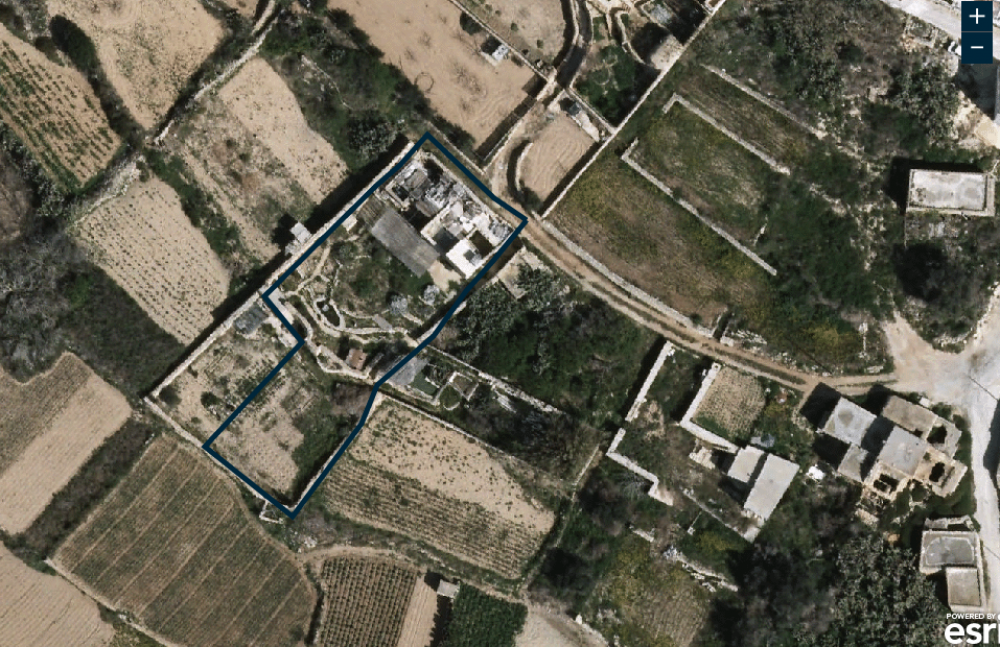If you don’t make it the first four times, the PA’s rural policy can shift goalposts…
A full-blown dwelling will replace four old rooms inside a rural hamlet, in yet another textbook case of shifting the goalposts at the Planning Authority

A full-blown dwelling spanning an area of 175 sq.m will replace four old rooms inside a rural hamlet, in yet another textbook case of shifting the goalposts at the Planning Authority.
The PA had in fact already rejected four previous attempts to redevelop this site at Tal-Marga, in Rabat, until the fifth attempt to convert a cluster of old rooms into a property was rewarded with a permit by the Environment Planning Commission.
In December 2007, PA board members inspected the Tal-Marga site, where an enforcement order had already been issued back in 2001 against the illegal demolition of an existing building on site and an illegally developed basement and concrete paths with beaten earth.
The board members found that the four small rooms, encircling a small yard, did not have windows “and could have never been used for habitation”. But 10 year later, the PA approved turning this non-liveable cluster of rooms into a three-bedroom residence.
The dwelling in the Marga valley is located in Bahrija, inside a hamlet that serves as a buffer zone for the valley, an Area of Ecological Importance and a Natura 2000 site.
Originally, the planning application was refused twice in 2008 and 2009. Three previous applications by other owners had also been turned down in 1992, 1995 and 2001.
But in the fifth attempt, the case was referred back to the EPC by the PA’s environment and planning review tribunal for re-assessment of the proposal, in terms of the new rural development policy introduced in 2014.


The Environment and Resources Authority had objected to the latest attempt to approve the new dwelling. “The proposal is likely to impact the Natura 2000 site on a more localised level, as a result of the actual construction of the development, and associated use, with particular concern on sewage and the waste water management.”
Under the rural policy, the applicant had to prove the past residential use of the countryside ruins, so he submitted a copy of the contracts of purchase of the property together with a copy of the 1954 electoral register. But when consulted, the PA’s legal office expressed its doubts on whether the contracts refer to the same site, and requested that the applicant provides a signed declaration by a notary clarifying the land title.
The case officer frankly admitted that “the residential use of the property had not been conclusively determined”.
What led to the change of mind of the PA was the issue of a permit for a dwelling 50m away from the site, to restore an already existing building. So this removed one of the original reasons for refusal, which was the distance between the proposed dwelling and the rural hamlet itself.
“In view of this, the site is question is not considered to be isolated from the main settlement, and therefore the pre-1967 building, which has a floor area of more than 50 sq.m, can be considered for rehabilitation and redevelopment,” the environment and planning commission (EPC) said [the EPC is the first-instance body that decides day-to-day planning applications].
Strangely while in 2009 the PA had excluded the development because it would take up fresh land that is prohibited inside rural hamlets, this reservation did not apply in the latest application.
The application was presented by Chris Muscat, represented by XYZ architects.
Ironically the development is a short drive away from the controversial Bahrija dwelling developed by former PN President Victor Scerri, albeit on a site enjoying a higher level of protection. Scerri’s development, which involved a series of piecemeal applications, was partly revoked following an investigation by the PA’s internal auditor. But the original permit issued in 2002 for the reconstruction of the dilapidated room was retained. Back then the approval of the application, presented by architect Robert Musumeci, led to a protest by environmentalists which was attended by Labour Party officials.






















